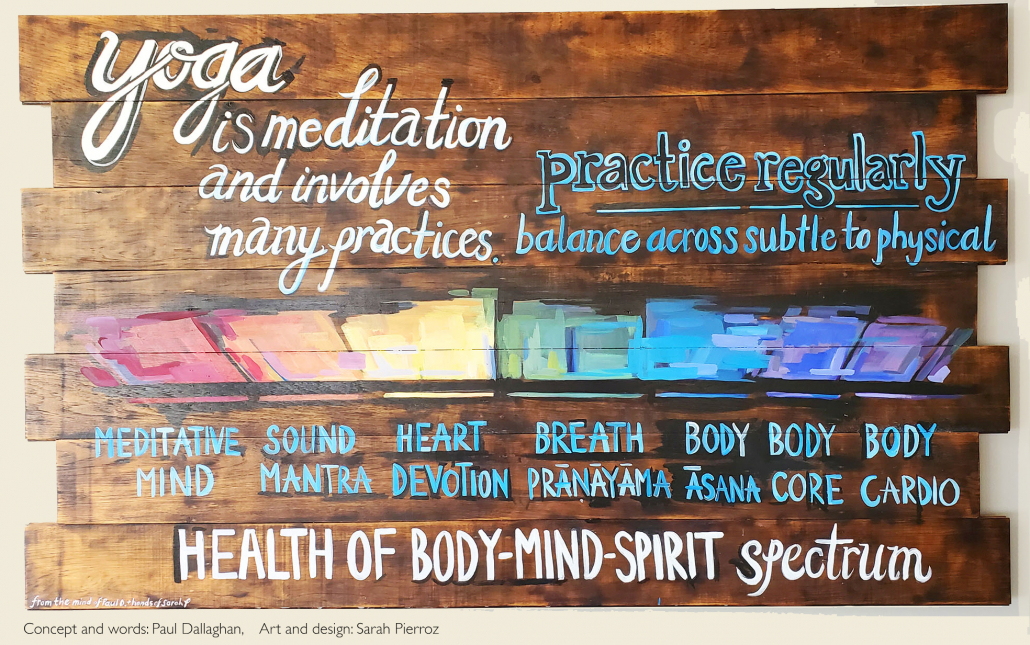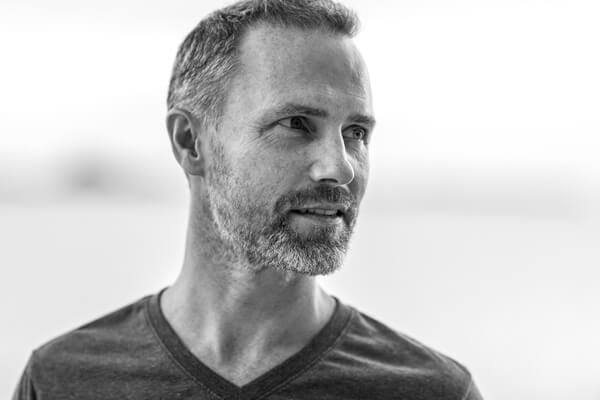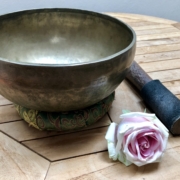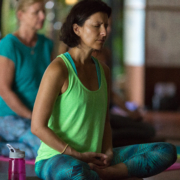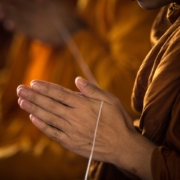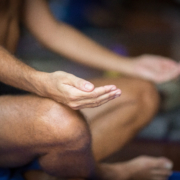 https://samahitaretreat.com/wp-content/uploads/2024/03/DJI_20231220135922_0003_D-scaled.jpg
1920
2560
Kirsten Mia
http://samahitaretreat.com/wp-content/uploads/2024/01/samahita-logo-v2.svg
Kirsten Mia2024-03-20 15:30:592024-03-20 15:30:59Travel, explore, be curious!
https://samahitaretreat.com/wp-content/uploads/2024/03/DJI_20231220135922_0003_D-scaled.jpg
1920
2560
Kirsten Mia
http://samahitaretreat.com/wp-content/uploads/2024/01/samahita-logo-v2.svg
Kirsten Mia2024-03-20 15:30:592024-03-20 15:30:59Travel, explore, be curious!Yoga and Exercise – part one: a quick insight Introducing the Yogi Burpee
I have had the opportunity to teach yoga to tens-of-thousands all over the world. The majority have been yoga settings. Whenever I teach mixed groups in the university environment I always ask “what is yoga to you?” The majority of responses fall between a physical workout and a flexibility flowing movement activity.
Popular perception does not even come close to the roots and depth of what yoga means, represents and can effect. However, you have to start somewhere. Essentially, yoga is an inner-oriented process that involves a series of practices that ultimately affect the mental realm of the practitioner. That’s you and your psychological well-being.
A purely psychological approach can have profound effect on the health and longevity of the body if engaged in properly (1). One might say this is the foundational understanding of yoga and its meditative base. Yet there is also the understanding that taking care of health, exercising the body, improving your physiology greatly impacts your psychological side (2). This can be said to be part of how the approach of Hathayoga functions.
I will write separately on the differences between yoga practice and exercise but for now it may be helpful to note that an entry into yoga practice, its inner effects and potential psychological benefits, exists through the Hathayoga developed body practice of āsana. This yogic body posture practice is succinctly defined in classical works on yoga (Patanjalayogashastra, Hatha and Tantric texts) but has been expanded and conditioned primarily in the past two-hundred years, initially in local language Indian texts and of late in mainly English language publications.
Within this recent historical time period the physical body moving approach of Surya Namaskar was developed. A key manuscript describing it by the Maharaja of Aundh is only about 120 years old. The “Namaskar” system that became more popular from the 1920s on collided with calisthenic practices and other physical forms of workout. Indian gymnasiums were a mixture of Indian martial arts, flowing sun salutations, calisthenics with the practice of āsana done after the heavy physical work was done. A giant in this field and the first to research yoga and its effects in scientific experimentation, Swami Kuvalyananda, was asked by the Bombay government of the day (1932) to produce a pamphlet detailing āsana practice and routines for one, the physical development, and two, for one who is looking more at a spiritual approach. Here was presented the “jumping”, burpee-style movement between postures. This was a system that Krishnamcharya fully adopted at the behest of the Maharaja of Mysore as they were planning to open the school there. He refined it in the Surya Namaskar noting specific sequenced steps as “vinyasas” coordinated to a particular movement of breath.
This dynamic sun salute came to dominate the movements in what became known as the ashtanga-vinyasa approach. A detailed analysis of this form of sun salute reveals the earlier sun salute (Aundh, 12-steps per side) with a burpee approach. Such movement and flowing took on its own life by the end of the 1990s and began to dominate modern yoga studios with terms such as flow, vinyasa, core, power and so on to prefix the word ‘yoga’. Hence the picture and perception of yoga morphs into the description in the opening paragraph above.
This is fine as long as the full elements of yoga remain to be practiced and understood by some people. Not everyone is ready for the inner journey, or just not yet. And it also seems not many are ready for even the physical part of yoga. Which is unfortunate as it does, however, have many benefits in terms of physical fitness, strength and mobility, if done correctly.
An important point to note here, though the practices and focus of yoga are predominantly mental and spiritual there is a physical component and an important physical health emphasis. This is the part that has caught the public’s imagination and is most easy to popularize and develop a market for. Which is what has happened. Those more discerning about the features of yoga need not get upset – there is a value in physical activity in and of itself. In the name of modern yoga this physical activity is influenced by elements from traditional Hatha body practices. To remedy this modern-traditional dichotomy that has seen yoga become predominantly physical we only need to return to the setting in India about 100 years ago: you can engage in a more physically active routine (how intense is up to you) and follow it with a sequence of āsanas to condition and balance the body.
Analysis of the modern vinyasa class reveals that sun salutations and standing poses are more physically demanding. These fall more under your work out or exercise routine. If you keep up jumping back and forth (what many people label as “vinyasas”) between seated poses (as happens in ashtanga vinyasa) then the line of physical exercise and āsana practice gets blurred and you can miss out on the benefits from either part – a protracted decreasing-in-benefit work out versus an excessive exertion around the doing of āsanas. Neither are optimized.
Understanding that the more dynamic symmetrical vinyasa style sun salutation (Surya Namaskar) is originally borne out of an influence from physical fitness’s burpee we can then take that to another level and refine this “yogi burpee”. This as part of your physical fitness “yoga” practice is totally fine. As long as time and space are given for deeper āsanas on the floor and seated, plus time with breath, then you’ll find you are embracing a more holistic approach to the different aspects of yoga practice.
Yoga practice requires medium to complex coordination of body use. It also emphasizes a medium intensity and greater endurance than some other sporting activities. This feature may be what appeals more to women than men. It’s also the magic zone where the cognitive mental fitness benefits pay off. (3). An important recent study just highlighted the intensity differences for men and women and the effect of complex coordination in activity, though referring to sport, we can see its relevance here in a world of yoga where more women physically practice than men. (Though on personal reflection it’s the smarter and more openly feeling men that do get into it …. There’s one for debate!!)
All this brings us to the Yogi Burpee, levels 1 and 2. Level 1 is simple enough, a mild upgrade to the vinyasa style Surya Namaskar A. Level 2 will raise your heartrate. The challenge is to manage your breath. All muscle groups are used when you take into account the triple jump with a double at the end. Watch the instructional video and join the group challenge. At the least they can be part of your initial yoga workout routine. And if that’s all you like that is fine. But if you are interested in the value of yoga there is so much more to explore.
References
- (1)
Effective psychological therapy may slow cellular aging by Simon Makin
In Scientific American on April 1, 2020
https://www.scientificamerican.com/article/effective-psychological-therapy-may-slow-cellular-aging/ - (2)
University of Basel. “How exercise supports your mental fitness: Current recommendations.” ScienceDaily. ScienceDaily, 16 April 2020. www.sciencedaily.com/releases/2020/04/200416135913.htm - (3)
Sebastian Ludyga, Markus Gerber, Uwe Pühse, Vera N. Looser, Keita Kamijo. Systematic review and meta-analysis investigating moderators of long-term effects of exercise on cognition in healthy individuals. Nature Human Behaviour, 2020; DOI: 10.1038/s41562-020-0851-8
https://www.nature.com/articles/s41562-020-0851-8
Dr. Paul Dallaghan’s expertise with breathwork, body and meditative practices comes from three sources: (1) three decades of daily dedicated practice and teaching these techniques; (2) uniquely acknowledged in the Yoga tradition by the title of “Master Yogi-Prānācharya (expert in breath)”, following an immersion in the original culture through one-on-one direct training in practice and study of ancient texts; (3) a PhD in doctoral scientific research at a leading US university (Emory) covering both the tradition and science of yoga and breath practices in terms of stress, health and aging. As a result, Paul occupies a unique space to impart genuine teaching and science on the breath, body, and meditative practices, seen as a Teacher-of-teachers and identified to carry on the tradition of Pranayama. His sincere and ongoing role is to teach, write and research, to help put out experienced and authentic information on these areas of how we live, breathe and be, to help people improve their mental and physical health, and live more fulfilling lives.
For more on his background see his bio
More from the Samahita Blog
